Pork vs Goat Meat for a Healthier Diet and Eco-Friendly Choice
Pork and goat meat are compared across nutritional content, environmental impact, flavor profiles, cooking techniques, health benefits, price, availability, and cultural influences to help consumers make informed choices that align with their health goals and ethical considerations.
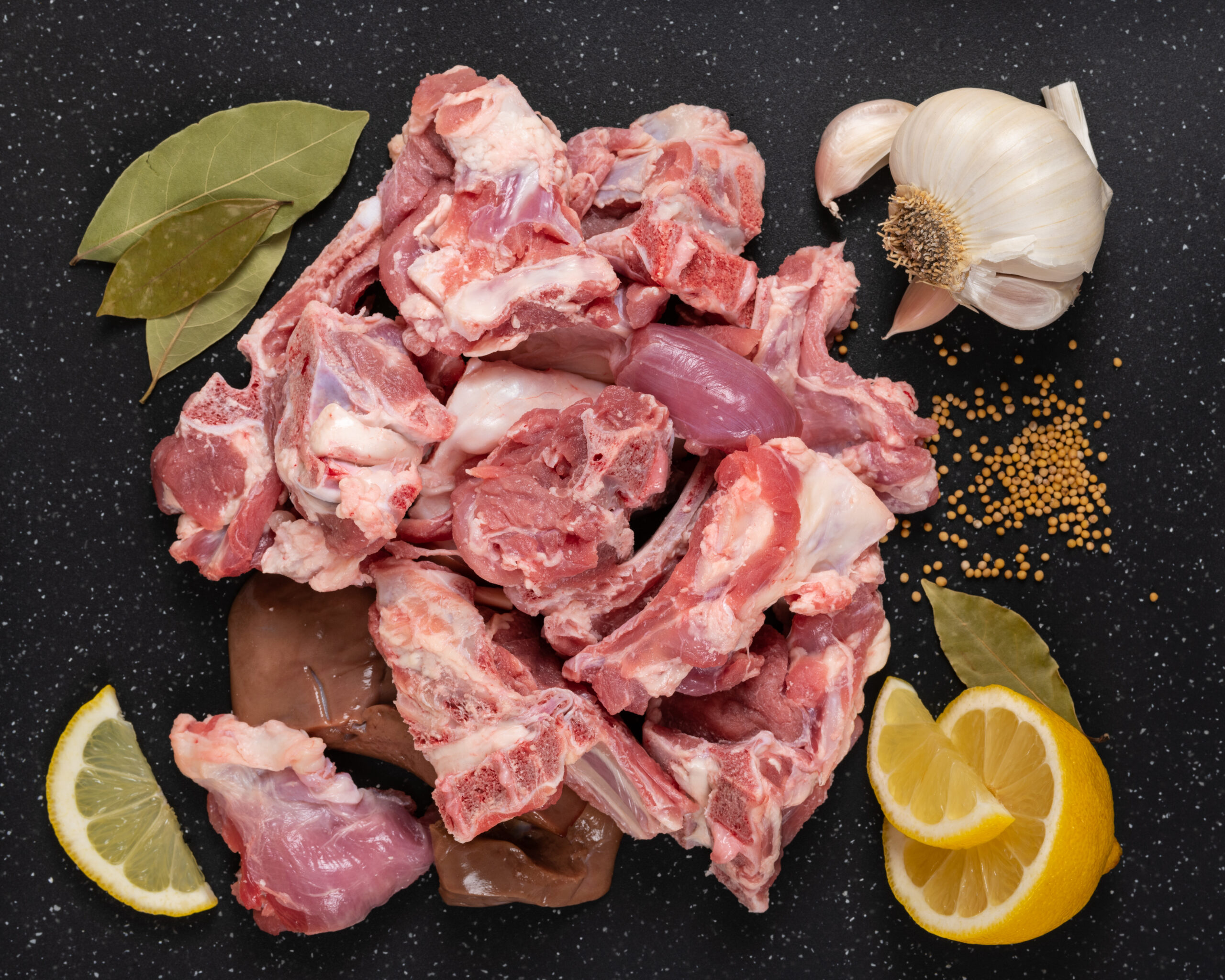
When it comes to choosing the right type of meat for your diet, the decision can be tough. This article delves into the Pork vs. Goat meat showdown, comparing them across various factors to help you make an informed choice.
Meat has long been a dietary staple globally, contributing essential nutrients and flavors to diverse cuisines. In the comparison between pork and goat meat, each with its advocates and distinct set of pros and cons, this analysis delves into nutritional content, environmental impact, and more, aiming to assist consumers in making choices aligned with their health goals and ethical considerations.
Disclosure: As an Amazon Associate, this site earns from qualifying purchases. Thank you!
1. Nutritional Profile: Pork
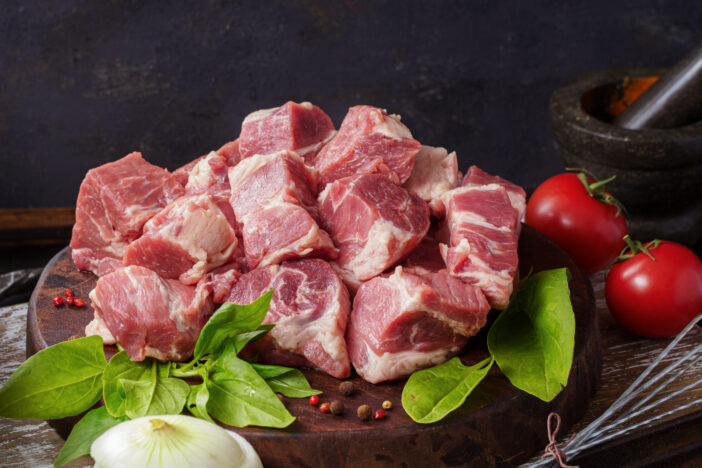
Pork is one of the most widely consumed meats globally and is known for its high protein content and richness in various vitamins and minerals, such as B vitamins, phosphorus, and selenium. However, it’s also higher in saturated fats compared to other meats, which can be a concern for those monitoring their cholesterol levels. Pork’s macronutrient balance can vary significantly depending on the cut, with leaner cuts like tenderloin offering a healthier option.
2. Nutritional Profile: Goat
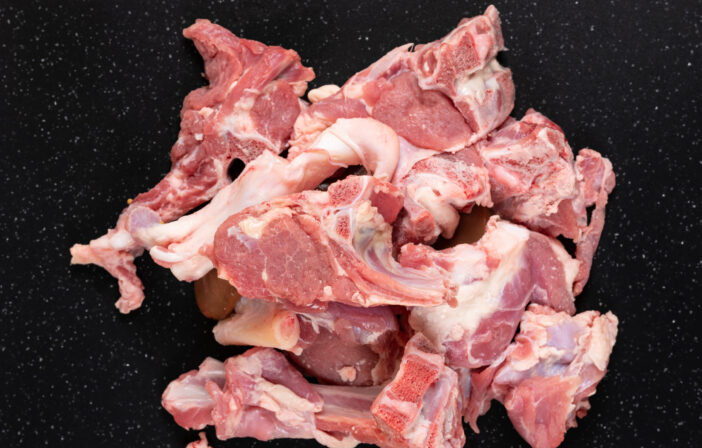
Goat meat, often considered a staple in Middle Eastern, African, and South Asian cuisines, is praised for its lower fat content and higher protein density when compared to pork. It’s also a good source of iron and potassium and contains less cholesterol than pork, making it a heart-healthier choice for many. Goat meat’s nutritional profile makes it a suitable option for those looking to maintain or lose weight while still consuming a nutrient-rich diet.
3. Environmental Impact Analysis
The environmental impact of meat production is a growing concern, and when comparing pork and goat, there are noticeable differences. Pigs often require more resources, including water, grain, and space, to raise, which can lead to a larger carbon footprint. Additionally, pork production is more likely to be associated with issues like deforestation and pollution due to large-scale industrial farming practices.
In the video, NowThis News explains –
NowThis News
- Animal agriculture accounts for nearly 15% of global greenhouse gas emissions, more than all transportation combined.
- Meat production requires clearing forests and land that could otherwise store carbon and provide habitats.
- It takes huge amounts of land to raise the crops needed to feed livestock because animals convert crops to meat inefficiently.
- Meat production requires massive amounts of water, mainly for irrigating crops to feed animals. Over 1,000 gallons for just one chicken.
- Clearing rainforests like the Amazon is driven in part by demand for soy and crops to feed European and other livestock overseas.
- Factory farms create local pollution problems from contaminated water and air affecting nearby disadvantaged communities.
- Meat demand is still rising globally, especially in developing countries, exacerbating environmental issues.
- Livestock contribute to the risk of zoonotic diseases that can turn into pandemics.
- Alternatives like plant-based meats and cellular agriculture can replicate meat while dramatically lowering impacts on climate and land use.
- Shifting toward more plant-based diets is critical for meeting climate goals, preserving nature, and alleviating animal suffering.
4. Flavor Profiles Compared
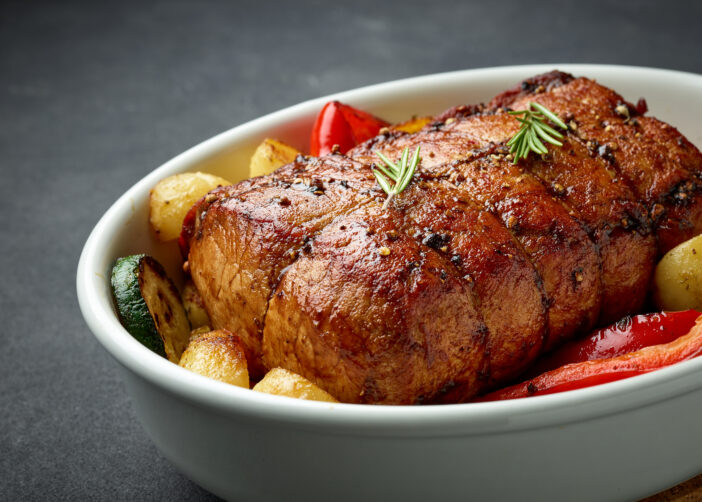
Pork is known for its mild, savory flavor that easily adapts to a variety of cooking methods and seasonings. It’s a versatile meat that’s often celebrated for its juiciness, especially when properly cooked. Goat meat, on the other hand, is characterized by a stronger, more distinctive taste that some describe as gamey. This robust flavor profile is often highlighted in dishes that use heavy spices and herbs.
5. Cooking Techniques Varied
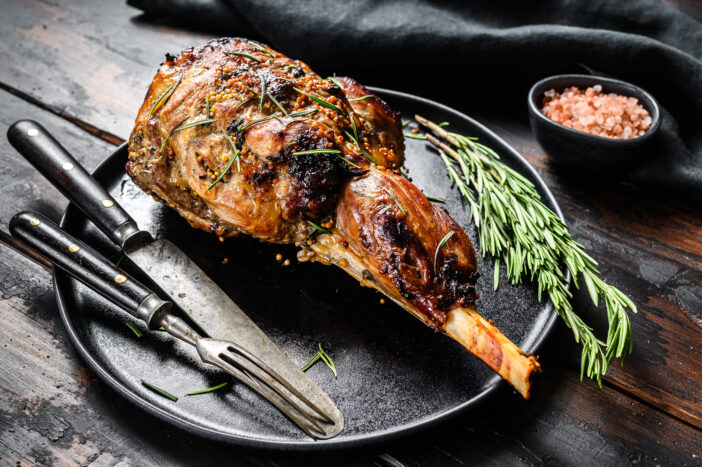
Cooking techniques for pork range from roasting and grilling to slow cooking and frying, allowing for a broad spectrum of textures and flavors. Pork’s tenderness and fat content make it suitable for quick cooking methods that result in crispy, succulent dishes. Goat meat typically requires slower, more prolonged cooking methods, such as stewing or braising, to tenderize the meat and mitigate its tougher texture, which can enhance its flavor and make it more palatable.
6. Health Benefits Breakdown
Pork’s health benefits are tied to its high-quality protein and vital nutrient content, which are important for muscle maintenance and overall health. However, its higher saturated fat content can be a drawback for those with heart conditions. Goat meat offers a leaner alternative, with potential health benefits including lower calorie content and a reduced risk of atherosclerosis and coronary heart disease, thanks to its lower cholesterol and saturated fat levels.
7. Price & Availability Factors
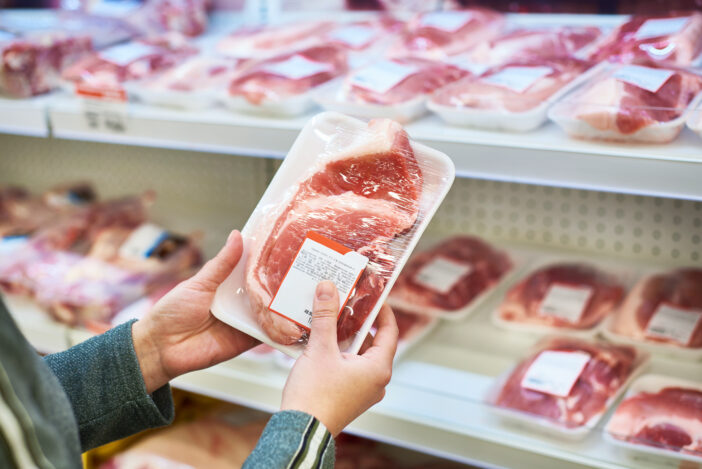
Pork is generally more widely available and affordable in many parts of the world, reflecting its popularity and the established infrastructure for its production and distribution. Goat meat, while less common, can be more expensive and harder to find, especially outside of regions where it is a dietary staple. The price of goat meat can also reflect its status as a specialty or niche product in certain markets.
8. Cultural Cuisine Influences
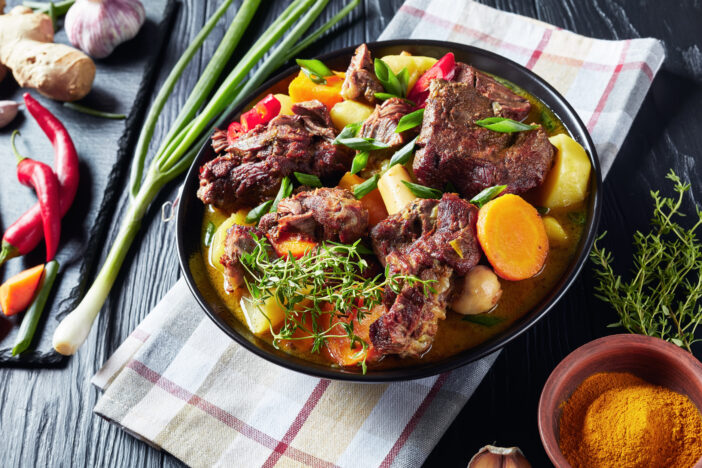
Cultural preferences play a significant role in the popularity of pork and goat meat. Pork is a key ingredient in many Western and East Asian cuisines, with iconic dishes like pork barbecue, schnitzel, and char siu. Goat meat’s cultural significance is prominent in dishes like Indian curries, Middle Eastern stews, and Jamaican jerk goat, where its flavor is celebrated and integral to the authenticity of the cuisine.
Final Verdict: Pork vs. Goat
The choice between pork and goat meat ultimately depends on personal preferences, dietary restrictions, and ethical considerations. Pork offers versatility and is more accessible, but comes with environmental and health considerations. Goat meat provides a healthier profile with a unique flavor but may be less available and more costly. Consumers must weigh these factors to make a choice that suits their palate, health goals, and values.
In the pork vs. goat meat showdown, there’s no clear winner as each has its advantages and drawbacks. Whether you’re looking at health, environmental impact, or flavor, your personal preferences and circumstances will guide your choice in this meaty debate.






